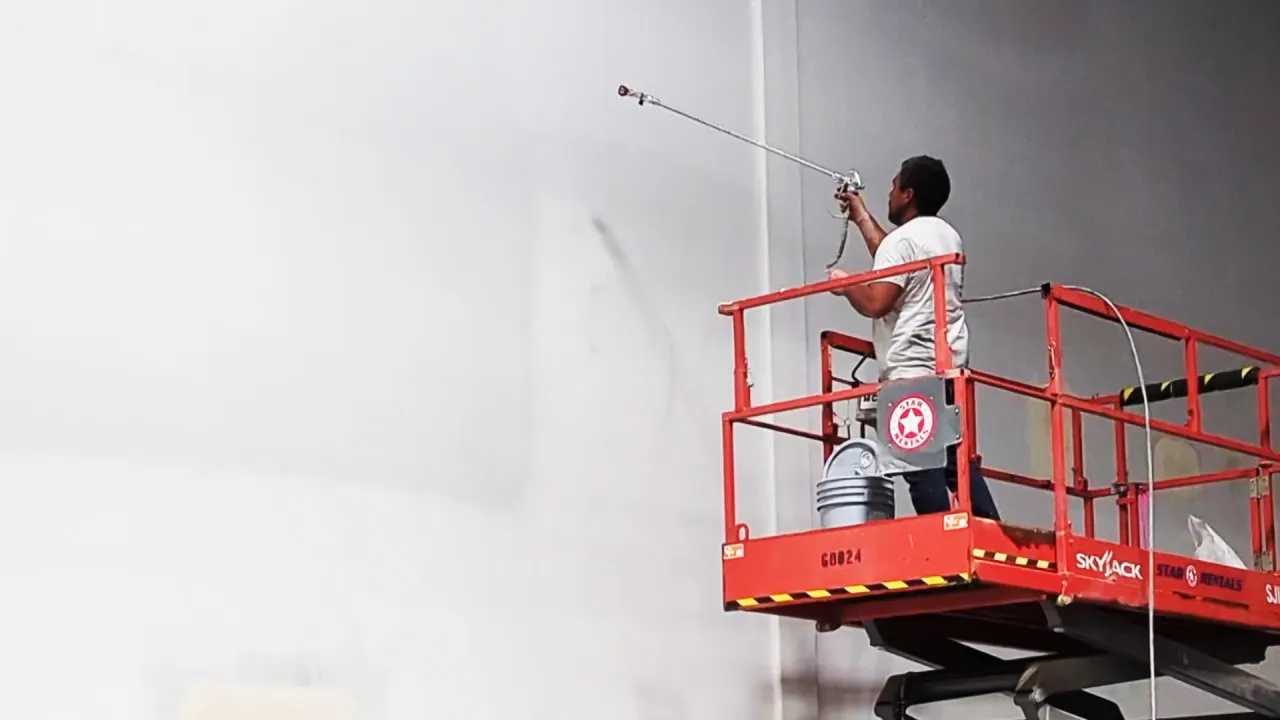12 Jun 2024

In the ever-evolving landscape of construction and infrastructure development, the United Arab Emirates (UAE) has emerged as a global leader in embracing sustainable practices. We've aimed to build a greener and more efficient society. The waterproofing industry has transformed remarkably. It has introduced innovative solutions that prioritize the environment without sacrificing performance. Waterproofing is critical in construction. It has traditionally used materials and methods that harm the environment. However, people are more aware of sustainability and the urgent need to fight climate change. So, the industry has responded by making a range of green and sustainable waterproofing solutions. These solutions protect structures and help the planet. These eco-friendly options are changing how we've approached waterproofing. They offer a balance between durability, functionality, and environmental care. The possibilities for sustainable waterproofing are vast and exciting. They include bio-based membranes from renewable resources and recycled rubber solutions. The rubber gives new life to waste materials. The UAE is embracing these green solutions. It's actively cutting its carbon footprint, reducing waste, and promoting a circular economy. Sustainable waterproofing material in UAE often improve indoor air quality. This ensures a healthier environment for occupants. As the UAE continues to lead the way in sustainable development, the adoption of green and sustainable waterproofing solutions isn't just a choice but a responsibility. It's a commitment to safeguarding our planet for future generations while ensuring the longevity and resilience of our built environment. Eco-friendly and sustainable waterproofing materials have gained significant importance in recent years due to the growing concern for environmental protection and sustainable construction practices. These materials are designed to minimize the negative impact on the environment while providing effective waterproofing solutions. Here are some highlights of eco-friendly and sustainable waterproofing materials and their environmental benefits: Sustainable waterproofing materials and their environmental benefits
By choosing eco-friendly and sustainable waterproofing materials, builders and homeowners can contribute to environmental preservation while ensuring effective waterproofing solutions for their structures.
Green building practices are pivotal in promoting sustainability and environmental responsibility in construction. They significantly impact waterproofing. By using eco-friendly approaches, builders and developers can ensure that waterproofing fits the goal of cutting the environmental footprint. It also keeps the building strong and long-lasting.
Traditional waterproofing uses petroleum-based products and chemicals. They can harm the environment. Green building practices encourage using sustainable and renewable resources. They minimize the depletion of non-renewable resources and the creation of harmful emissions. This happens during manufacturing and application.
Green building practices emphasize resource efficiency, which is crucial in waterproofing applications. Builders can cut waste and save water by using eco-friendly materials and techniques. They can also reduce the use of natural resources in construction and in the building's life.
Normal waterproofing products can release harmful substances like VOCs into indoor air. This harms air quality and risks the health of occupants. Green building practices put low-VOC or VOC-free waterproofing first. This ensures healthier indoor spaces for residents and workers.
A key aspect of green building practices is the promotion of recycling and waste reduction strategies. In waterproofing, this can involve using recycled materials. For example, recycled rubber or plastic are used in making waterproofing membranes or coatings. This approach diverts waste from landfills. It also helps a circular economy, where waste becomes valuable resources.
Waterproofing doesn't directly cut energy use. But, green building includes holistic approaches. They consider the whole building's lifecycle. Good waterproofing can save energy. It stops moisture, which can harm insulation and raise heating and cooling costs.
Adding green building to waterproofing projects can help the UAE. It can foster a sustainable and eco-friendly construction industry. This approach follows the nation's commitment to environmental stewardship. It also ensures that structures last a long time and are strong. It does this while minimizing their environmental impact.
The UAE has seen many successful green waterproofing projects. They've shown the benefits of using eco-friendly solutions and that they're possible.
1. Dubai Sustainable City
Dubai Sustainable City is an eco-friendly residential development. It has incorporated sustainable waterproofing in its construction. The project uses recycled rubber waterproofing membranes. They are not only great at waterproofing but also help with the development's sustainability goals.
2. Abu Dhabi Louvre Museum
The iconic Abu Dhabi Louvre Museum is a prime example of sustainable construction practices in the UAE. The museum's waterproofing system includes a mix of cementitious waterproofing and bio-based membranes. They provide strong protection while minimizing the project's environmental impact.
3. Masdar City
Masdar City, a cutting-edge sustainable urban development in Abu Dhabi, has implemented various green building practices, including the use of eco-friendly waterproofing solutions. The project has utilized a range of sustainable materials, such as recycled rubber and bio-based membranes, to ensure the longevity and environmental responsibility of its buildings.
In conclusion, using green and sustainable waterproofing is an essential step. It will help build a more eco-friendly future for the UAE. The construction industry can cut its environmental impact a lot. It can do this by using eco-friendly materials and practices in waterproofing projects. This will also ensure the long life and protection of structures.
These sustainable solutions cut the carbon footprint and waste. They also make indoor air healthier for people. Bio-based membranes, recycled rubber, and cementitious waterproofing are a few examples of the innovative approaches. They are being used to promote sustainability in waterproofing.
Also, the projects were successful. They were in places like Dubai Sustainable City, the Abu Dhabi Louvre Museum, and Masdar City. They show the benefits of green waterproofing. They also show the feasibility and value of sustainable practices in the UAE.
As the nation continues to prioritize sustainable development and environmental responsibility, the incorporation of green waterproofing solutions will play a crucial role in achieving these goals. By working together and embracing these eco-friendly alternatives, the UAE can pave the way for a greener, more resilient, and more sustainable built environment for generations to come. Also, Explore our Amazing blog on : Installation Maintenance and Repair of Waterproofing Membranes.